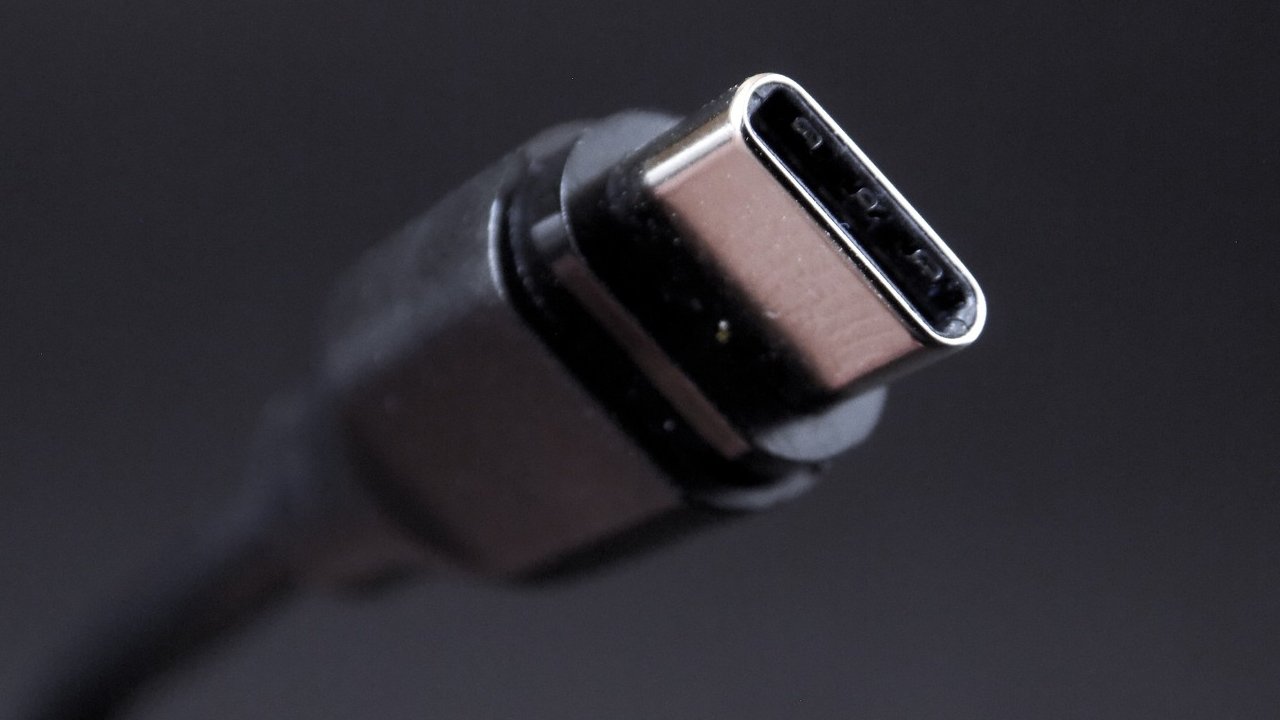Ports rarely sell laptops, but they can make or break your setup. With USB4 Version 2.0 and Thunderbolt 5 arriving on premium notebooks, docks, and monitors, your next upgrade could unlock multi‑4K displays, faster external storage, and smoother game streaming over a single USB‑C connection. Here’s what changes—and what to look for when you shop.
What USB4 Version 2.0 Brings
USB4 v2 doubles peak link bandwidth to up to 80 Gbps while keeping the familiar USB‑C connector. A key perk is that many existing 40 Gbps passive USB‑C cables can still hit these new speeds thanks to updated signaling. The spec also improves tunneling for protocols such as PCI Express and DisplayPort, enabling higher‑refresh external displays and faster storage arrays when devices support it.

Compatibility remains a strong suit. USB4 v2 devices interoperate with USB4, USB 3.x, and USB 2.0 gear, and they use USB Power Delivery for charging—now up to 240 W on hardware that supports the Extended Power Range profile. Real‑world performance, though, depends on optional features chosen by each manufacturer. For example, PCIe tunneling (important for high‑speed storage docks or experimental eGPU setups) isn’t guaranteed on every USB4 host.
Where Thunderbolt 5 Focuses
Thunderbolt 5 builds on the Thunderbolt ecosystem’s tighter certification and feature guarantees. It delivers 80 Gbps bidirectional bandwidth and can dynamically boost up to 120 Gbps in one direction for display‑heavy workloads, paving the way for multiple 4K displays at high refresh rates or single‑cable 8K setups. It also mandates support for advanced DisplayPort tunneling and robust PCIe bandwidth—good news for creators, engineers, and anyone pushing large assets to external drives or running demanding peripherals.
As with earlier Thunderbolt generations, the platform emphasizes predictable behavior: daisy‑chaining, wake‑from‑sleep reliability, and broad backward compatibility with Thunderbolt 4/3 and USB devices. To get full performance, you’ll want certified Thunderbolt 5 cables and gear; older or passive cables may fall back to lower speeds.
Gaming and Creator Takeaways
For gaming laptops and handheld PCs, both technologies matter. USB4 v2 can drive high‑refresh external monitors and fast NVMe enclosures on capable systems, and it’s likely to appear across a wider range of price points. Thunderbolt 5 goes further for multi‑monitor battlestations, capture workflows, and heavy asset shuffling, and it retains the most consistent path for eGPU experimentation thanks to its mandated PCIe performance—though eGPU support still depends on vendor policies and drivers.
Buying Advice
Check the label, not just the port shape. Look for “USB4 80 Gbps” or “Thunderbolt 5” certifications on laptops, docks, and cables. Confirm display support (resolution plus refresh rate), PCIe tunneling if you need fast external storage or an eGPU, and power delivery if the dock is expected to charge your laptop. When in doubt, consult the vendor’s spec sheet; optional features vary widely in the USB world, while Thunderbolt gear tends to publish clear, certified capabilities.
Bottom line: USB4 v2 broadens high‑speed connectivity for more people at lower cost, while Thunderbolt 5 locks in higher guaranteed performance and pro‑grade consistency. Either way, the humble USB‑C port is turning into a serious backbone for gaming rigs, creator workflows, and minimalist desk setups.